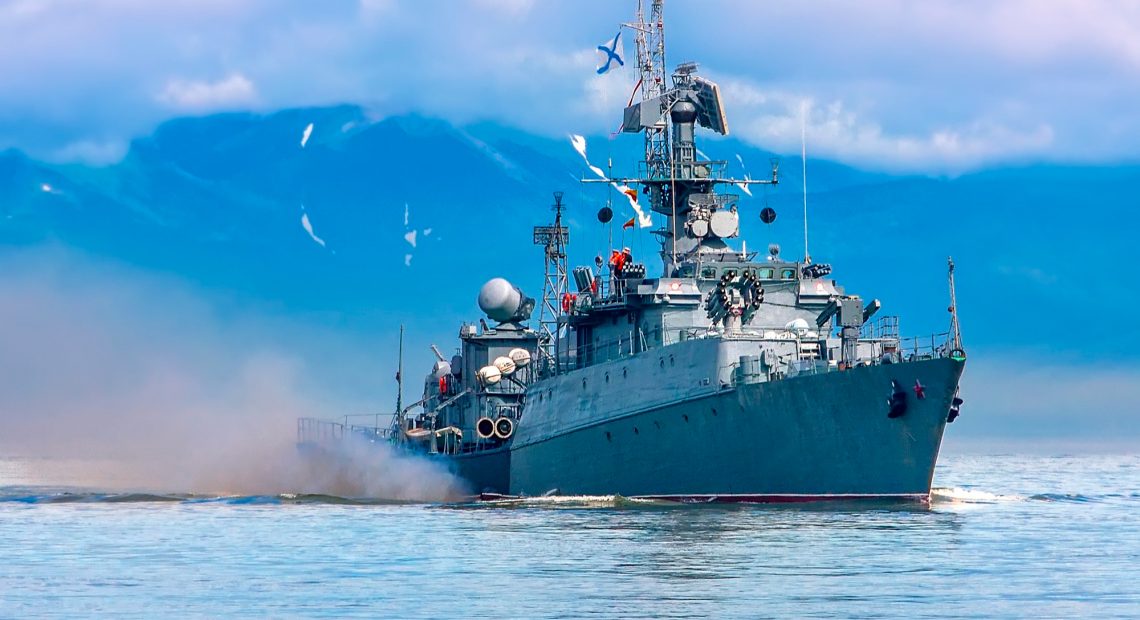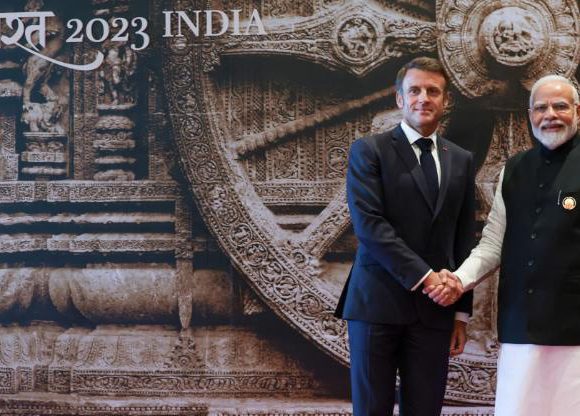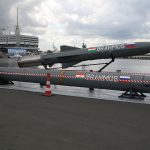
North Korea Constructs Largest-Ever Warship, Signaling Naval Expansion
North Korea is constructing its largest-ever warship, marking a significant shift in its military strategy and naval modernization ambitions. Satellite imagery has revealed the new vessel under development at the Nampo Naval Shipyard, showcasing Pyongyang’s intent to strengthen its maritime footprint despite economic hardships and international sanctions.
Massive Guided Missile Frigate in Final Stages
The warship, estimated to be around 140 meters long, is believed to be a guided missile frigate—twice the size of any other known vessel in North Korea’s existing naval fleet. The ship is reportedly in the “fitting out” stage, where internal systems, weaponry, and communication equipment are being installed ahead of its launch. This vessel represents a qualitative leap for the Korean People’s Navy, traditionally reliant on smaller coastal craft and submarines.
Possible Vertical Launch System Enhances Firepower
Analysts speculate that the new frigate may feature a vertical launch system (VLS), potentially the first of its kind on a North Korean surface ship. This system would allow for the deployment of a wide range of missiles, including surface-to-air, anti-ship, and land-attack variants. Such a capability would dramatically enhance North Korea’s ability to project naval power and conduct offensive operations far beyond its shores.
Kim Jong Un’s Push for Naval Modernization
The development is aligned with North Korean leader Kim Jong Un’s broader military modernization program. While the country has historically prioritized its missile and nuclear programs, the focus is now expanding to include a capable surface navy. This shift is seen as part of a strategy to bolster deterrence and assert maritime claims, particularly amid rising regional tensions.
Strategic Implications and Regional Concerns
The unveiling of such a vessel raises fresh concerns among neighboring countries and global powers, particularly given North Korea’s history of provocative military behavior. The new warship, once operational, could serve as a platform for missile testing, power projection, or even maritime intimidation, further complicating the security landscape in East Asia.
Conclusion
North Korea’s construction of its largest warship to date represents more than just a technical milestone—it signals an evolving military doctrine that incorporates naval strength as a key pillar. As global eyes remain fixed on Pyongyang’s next moves, this development underscores the regime’s determination to reinforce its military posture through strategic maritime capabilities.


















